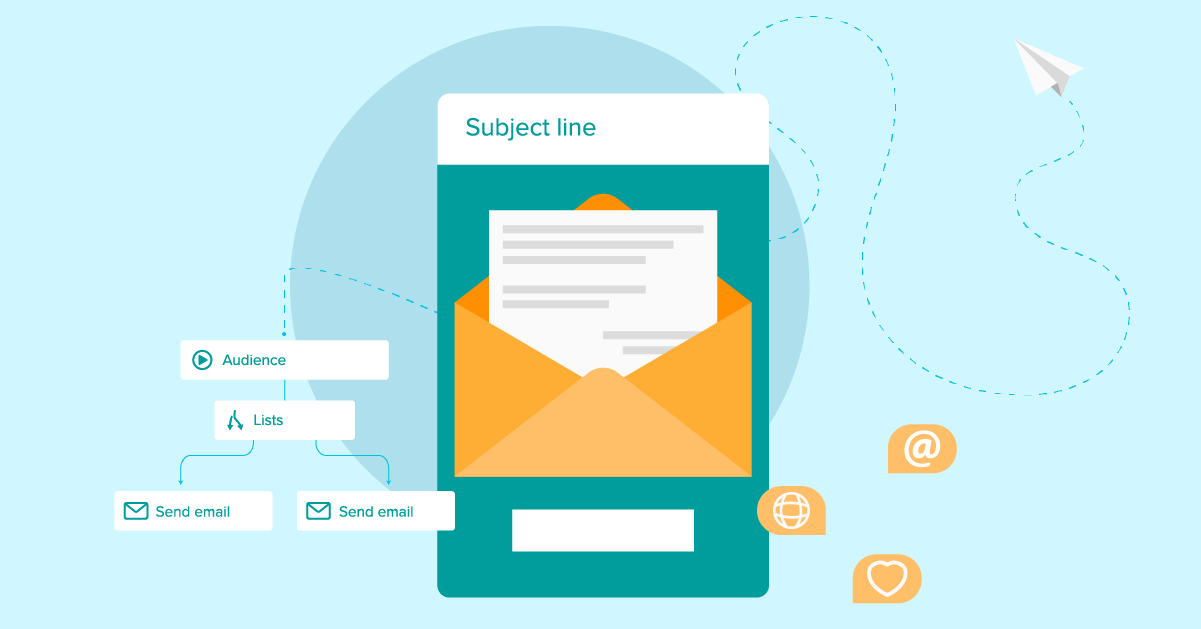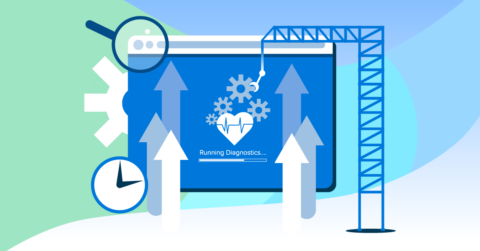
Email Courses At Nonprofits: A Quick Guide
02/29/24
Digital Marketing
We have all heard of (and likely taken) email courses offered by companies. But what about email courses for nonprofits?
A good, high quality email course can be every bit as valuable for a nonprofit. If you want to make one, you just need to follow a proven path. This is the past we offer you in our latest post.
Why Email Courses Matter for Nonprofits
Before you create your own email course – what’s the point? Why should you even get started? What are the benefits you stand to gain?
Here are just three reasons you should consider an email course for you nonprofit:
- Educational impact. Email courses are powerful educational tools. They allow nonprofits to deliver comprehensive content directly to their audience. This can provide in-depth insights and knowledge to your audience, which is a huge source of value.
- Build expertise. The result of the education you provide has a direct impact on your overall expertise. If your email course is high value, people will trust your expertise and be more likely to donate over the long term.
- Increased engagement and retention. Beyond education, well-crafted email courses keep supporters engaged. This increased engagement typically leads to higher retention rates. The result? Higher quality relationships with your audience and donors that stick around.
How To Create An Email Course For Your Nonprofit: 6 Steps
Now that you know why an email course can be so great for your nonprofit – how do you go about making one? Follow the six steps below and your nonprofit can not only create a great email course, but enjoy all the benefits that come as a result.
1) Identify your goals.
First – what do you want to achieve with your email course? More awareness of your cause? Donors that are more educated? What sort of experience do you want to provide your audience? What should they receive throughout your email course?
These are the first questions you need to answer. Your answers will determine what your overall goal is with your email course, which influences everything that comes afterwards. Align these goals with your nonprofit’s mission and the needs of your audience. This ensures not only a valuable email course for your audience – but better results for your own organization as well.
2) Choose an email platform.
Most email service providers (ESP’s) are more or less the same. They will usually have the same features and capabilities. This makes your choice about which specific one to use somewhat easy. That said, it’s still worth your time to compare tools. If you are making an email course, consider factors such as ease of use, automation features, and overall cost.
That said, if you are already implementing email marketing at your nonprofit, there’s a good chance you already have an ESP set up. Here are a few you might consider:
3) Define your target audience.
So – who is going to receive this course? Before you start actually making your email course, you need to understand your audience. Get this wrong and you can make the world’s best possible email course, only to have it fall flat with the wrong audience.
Understanding your audience is crucial. Tailor your course content to their needs, ensuring it resonates with their interests and challenges. So how do you make sure you understand your audience with enough detail to guide your course creation? Through audience research, of course!
4) Create your course.
Now, it’s finally time to create your email course. There are two important considerations to make here: the overall structure of your course, as well as the content itself. With that in mind, we will cover both below:
- Course structure. How will your course look? What is the optimal sequence of different topics that your student will learn about? How often will you email? You need to clearly define the overall structure before you go on to create the content.
- Course content. The content of the email course should be both relevant to your nonprofit’s mission as well address the needs of your audience. Only you can decide what that content would look like. To appeal to the most amount of people, you might also consider multi-format content. This can include videos, text, as well as engaging visuals.
5) Build a landing page.
If you are going to get people to sign up to your email course, it’s a good practice to implement a landing page. This should make it easy to sign up to your email course, but also make them curious about the content. Ensure your landing page has an appealing design. And before you get started, check out our guide to high converting landing pages for a helpful overview. Another tip – use social proof whenever you have it. This gets peoples’ trust much faster than simply talking about how great your own course is.
6) Promote your email course.
Now that your course is done and you have a landing page – it’s time to promote it! Here are a few common ways to get the word out about your email course:
- Your own website. In this case, it’s important to have good web design set up. This is a great place to start, depending on how much website traffic you get on average.
- Social media. If you understand the in’s and out’s of social media marketing, this can be a great way to drive more visitors to your email course.
- Paid ads. Only if you have the budget for it, of course!
7) Measure success and iterate.
Do people like your course? What is their favorite part? What do they find useful…and what would they rather you left out? These are all questions you will have a clear answer to the more feedback you get. But before you do – keep track of certain KPI’s. This will ensure you are on the right track with your email course. This included obvious ones like open rates and click-through rates, but you should keep an eye on unsubscribe rates as well.
…
Are you an enterprise, nonprofit or small business looking for help on your website? Give us a shout! We provide a free consultation. Email us at info@lughstudio.com or call us at (718) 855-1919!









